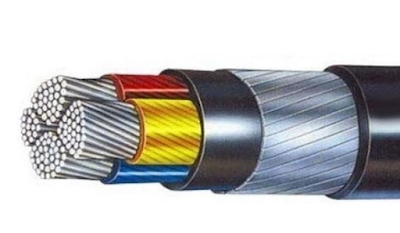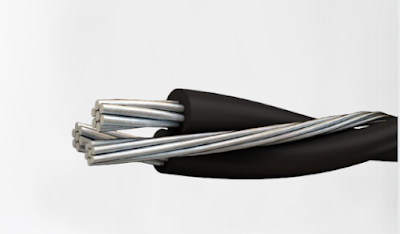What is Copper Armored Cable Current Carrying Capacity?
 |
| Copper Armored Cable Current Carrying Capacity |
Introduction:
Copper armored cable are the backbone of electrical installations, known for their robustness and reliability. These cables are extensively used in various industrial, commercial, and residential applications due to their superior electrical conductivity and mechanical strength. One crucial aspect of copper armored cable is their current carrying capacity, which determines their efficiency and safety in carrying electrical loads. In this comprehensive guide, we will delve into the intricacies of copper armored cable current carrying capacity, exploring its significance, factors influencing it, and methods for optimizing it.
Understanding Current Carrying Capacity:
Current carrying capacity refers to the maximum amount of electric current that a cable can safely conduct without exceeding its temperature rating or causing damage. Exceeding the current carrying capacity can lead to overheating, insulation degradation, and even fire hazards, posing serious risks to both property and life safety.
Factors Influencing Copper Armored Cable Current Carrying Capacity:
1. Conductor Material and Size:
Copper armored cable predominantly use copper conductors due to their excellent conductivity and thermal stability. The size of the conductor plays a crucial role in determining the current carrying capacity. Larger conductors have lower resistance, allowing them to carry more current without overheating. Therefore, cables with thicker copper conductors typically have higher current carrying capacities.
2. Insulation Type and Thickness:
The insulation surrounding the copper conductor serves to protect it from external elements and prevent electrical leakage. The type and thickness of insulation impact the cable's ability to dissipate heat generated during current flow. Cables with thicker insulation layers and heat-resistant materials can withstand higher current loads without compromising safety.
3. Ambient Temperature:
Ambient temperature refers to the temperature of the surrounding environment where the cable is installed. High ambient temperatures reduce the cable's ability to dissipate heat, leading to a decrease in current carrying capacity. Conversely, lower ambient temperatures enhance heat dissipation, allowing the cable to carry more current safely.
4. Installation Method and Environment:
The manner in which the cable is installed, such as underground, in conduit, or exposed to air, significantly influences its current carrying capacity. Installation in confined spaces or areas with poor ventilation can lead to heat buildup, thereby limiting the cable's capacity to carry current. Additionally, factors like proximity to other heat sources and presence of nearby conductive materials affect the cable's thermal performance.
Optimizing Copper Armored Cable Current Carrying Capacity:
1. Proper Cable Sizing:
Selecting the appropriate cable size based on the anticipated load requirements and operating conditions is critical for optimizing current carrying capacity. Consulting with electrical engineers or using online calculators can help determine the ideal cable size to ensure safe and efficient operation.
2. Temperature Rating Consideration:
Choosing copper armored cable with insulation materials and temperature ratings that exceed the anticipated operating conditions provides an extra margin of safety. Cables with higher temperature ratings can withstand elevated temperatures without compromising performance, thereby enhancing their current carrying capacity.
3. Adequate Ventilation and Heat Dissipation:
Ensuring proper ventilation and heat dissipation around the cables' installation area helps prevent excessive temperature buildup. Installing cables in well-ventilated spaces or using heat dissipation measures such as heat sinks or cooling fans can improve their current carrying capacity and overall reliability.
4. Avoiding Overloading:
It's essential to avoid overloading copper armored cable beyond their rated current carrying capacity. Implementing load management strategies, distributing loads evenly across multiple circuits, and periodically monitoring electrical systems can prevent overloading and mitigate associated risks.
5. Regular Maintenance and Inspection:
Conducting routine maintenance checks and inspections of copper armored cable is vital for identifying potential issues and ensuring their continued reliability. Inspecting for signs of wear, damage, or overheating allows for timely repairs or replacements, minimizing the risk of failures and accidents.
Conclusion:
The current carrying capacity of copper armored cable is a critical aspect that directly impacts the safety and efficiency of electrical installations. By understanding the factors influencing current carrying capacity and implementing optimization strategies, engineers, electricians, and facility managers can ensure reliable operation while mitigating potential risks. Prioritizing proper cable sizing, insulation selection, heat dissipation, and maintenance practices is essential for maximizing the performance and longevity of copper armored cable in various applications.



Comments
Post a Comment